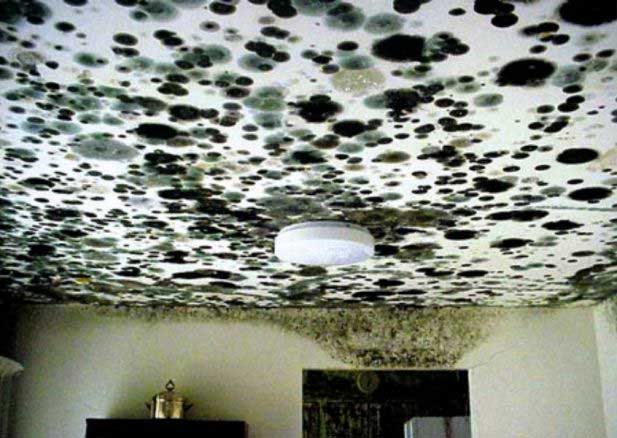
Would specify that visible mold growth is a type of inadequate sanitation and substandard condition for habitation. Mold is defined as microscopic organisms (spores) or fungi (dry rot) that can grow in damp conditions in the interior of a building. A violation of this provision is a misdemeanor punishable by fine or up to one year in the county jail.
Current Status: Chaptered
FindHOALaw Quick Summary:
Existing law requires the lessor of a building intended for human occupation to repair dilapidations rendering it untenantable. SB 655 would add Civil Code § 1941.7 to provide that a lessor is not obligated to repair a dilapidation relating to mold until he or she has notice of it or if the tenant is in violation of specified obligations. The bill would authorize a landlord to enter a dwelling to repair a dilapidation relating to mold, under specified conditions.
Existing law prescribes standards for buildings used for human habitation and establishes definitions for this purpose. The law provides that a building, or a portion of it, in which certain conditions are found to exist, such as a lack of sanitation, is “substandard.” The law provides that a violation of these provisions is a misdemeanor. SB 655 would amend Health and Safety Code §§ 17920 and 17920.3 to specify that visible or otherwise demonstrable mold growth, excepting mold that is minor and found on surfaces that can accumulate moisture as part of their property and intended use, is a type of inadequate sanitation and therefore a substandard condition. The bill would define mold as microscopic organisms or fungi that can grow in damp conditions in the interior of a building.
*UPDATE: SB 655 was signed into law on October 9, 2015. Its changes to the law will take effect January 1, 2016.
from the California Legislature's website

